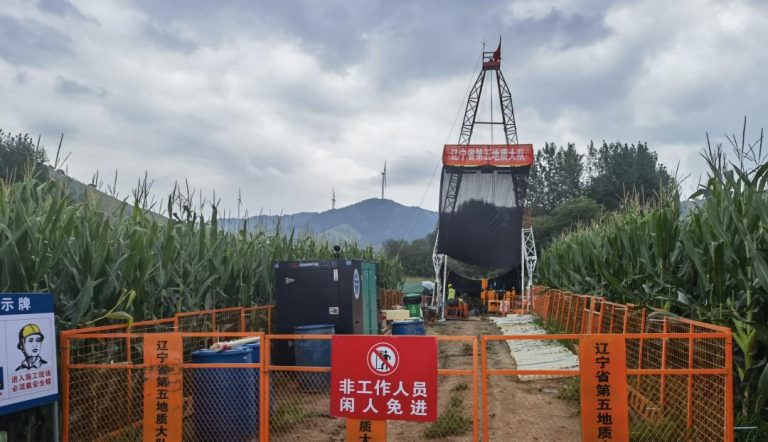
What makes quick commerce work successfully in India?
In recent years, quick commerce, also known as hyperlocal delivery, has revolutionized the way Indians shop and eat. With the rise of e-commerce, consumers are now accustomed to getting anything they want, at any time, with just a few clicks. To meet this demand, quick commerce startups have emerged, leveraging technology and innovative logistics to deliver food, groceries, and other essentials to customers’ doorsteps in record time. But what makes quick commerce work successfully in India? The answer lies in a blend of deep tech, micro-fulfilment centers, and sharp local execution.
Deep Tech for Operational Efficiency
At the heart of successful quick commerce operations in India is deep tech. These startups invest heavily in developing robust algorithms that enable them to optimize their logistics, inventory, and supply chain. By leveraging artificial intelligence (AI) and machine learning (ML), they can predict demand, manage inventory, and optimize routes for their delivery riders. This operational efficiency translates to faster delivery times, reduced costs, and improved customer satisfaction.
For instance, Zomato, one of India’s largest food delivery platforms, uses AI-powered algorithms to predict demand and optimize its logistics. This allows them to reduce wait times and ensure that customers receive their orders hot and fresh. Similarly, Grofers, a popular grocery delivery platform, uses data analytics to optimize its inventory management, reducing waste and improving customer satisfaction.
Micro-Fulfilment Centers for Speed and Convenience
Micro-fulfilment centers (MFCs) are another key component of successful quick commerce operations in India. These small, strategically located warehouses allow startups to store and manage inventory closer to customers, reducing delivery times and increasing the speed of service. MFCs also enable startups to offer a wider range of products, including fresh produce and perishables, which are typically difficult to store and manage.
Swiggy, another leading food delivery platform, has set up a network of MFCs across India. These centers enable them to store and manage inventory, reducing delivery times and improving customer satisfaction. Similarly, BigBasket, a popular online grocery platform, uses MFCs to store and manage inventory, offering customers a wider range of products and faster delivery options.
Sharp Local Execution for Hyper-Targeting
While deep tech and MFCs provide the backbone for quick commerce operations, sharp local execution is what sets successful startups apart. These companies understand the local market, customer preferences, and logistical challenges, allowing them to fine-tune their operations to deliver a hyper-local experience.
For instance, Dunzo, a popular delivery platform, uses data analytics and local knowledge to optimize its operations. They have developed a complex algorithm that takes into account traffic patterns, road conditions, and other logistical challenges to ensure that their delivery riders can deliver orders quickly and efficiently.
Inventory Management for Hyper-Targeting
Inventory management is another critical component of successful quick commerce operations in India. Startups use data analytics to optimize their inventory, ensuring that they have the right products in stock at the right time. This allows them to offer customers a wider range of products, including fresh produce and perishables, which are typically difficult to store and manage.
For instance, Flipkart, India’s largest e-commerce platform, uses data analytics to optimize its inventory management. They have developed a complex algorithm that takes into account customer demand, supplier lead times, and storage capacity to ensure that they have the right products in stock at the right time.
Rider Networks for Operational Precision
Finally, operational precision is critical for successful quick commerce operations in India. Startups use data analytics and logistics management software to optimize their rider networks, ensuring that they have the right number of riders on the road at the right time.
For instance, Delhivery, a leading logistics company, uses data analytics and logistics management software to optimize its rider networks. They have developed a complex algorithm that takes into account traffic patterns, road conditions, and other logistical challenges to ensure that their riders can deliver orders quickly and efficiently.
Conclusion
In conclusion, what makes quick commerce work successfully in India is a blend of deep tech, micro-fulfilment centers, and sharp local execution. Startups fine-tune their inventory, leverage data for hyper-targeting, and optimize their rider networks all to win the last mile. By combining these elements, quick commerce startups are able to deliver a hyper-local experience that meets the demands of Indian consumers.
Sources:
https://www.growthjockey.com/blogs/quick-commerce-success-stories






